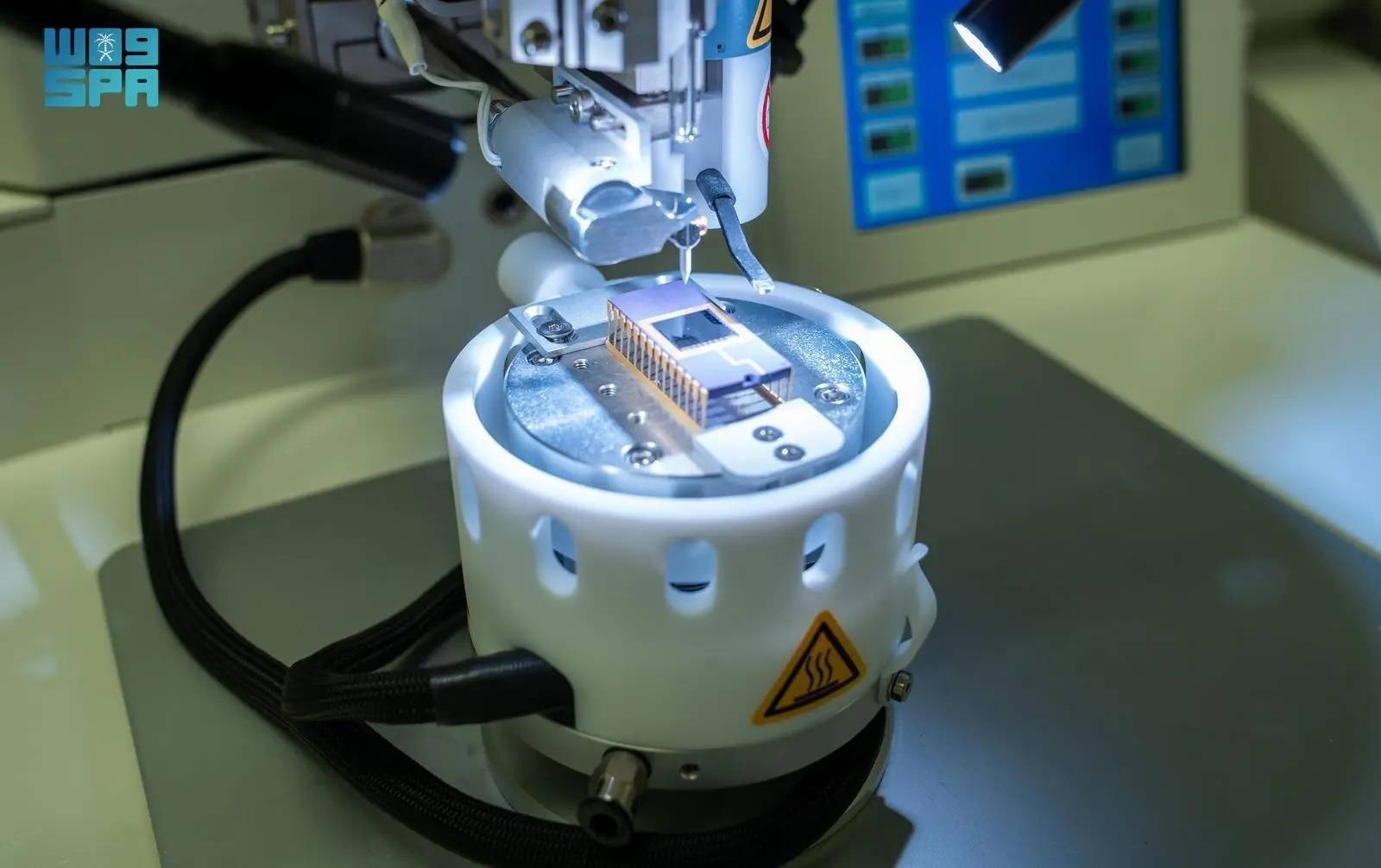As 2017 nears its end, and with the vast number of phones rolled out, users are unsure what phone to choose. Some want the best design, others look for longer battery life, while others look for the best gaming phone and a number of users search for the least costly device that provides the best of technologies.
In this context, we highlight the best phones of the year based on design, camera, games, audio, screen, battery life, and price.
Premium Designs: The Best Design
The competition heated up in 2017 between leading companies to provide the best they have, and the general trend in design was to get rid of wide edges so that the screen occupies the largest possible space on the device.
This trend is credited to Samsung which made quite a leap in the smartphones world when it released Galaxy S8 in April.
Other companies followed suit and created their designs.
Perhaps the most notable phones are: LG V30, HTC U11, Essential Phone, OnePlus 5T, and iPhone X (10).
However, Galaxy Note 8 was the most distinctive with a 6.3” near bezel-less, full-frontal glass, edge-to-edge screen and almost non-existent edges while maintaining all traditional features users are used to such as fingerprint sensor, earphone jack and expandable memory. Let’s not forget that it is the only phone in the market with the SPen.
Futuristic design:
In 2017, several phones with futuristic designs were released as we had the Moto Z2 Play, which came with the idea of Modular Phone, a device where different pieces can be swapped for different kinds of functionality by attaching them to the back of the phone whether it is an extra battery, external earphones, camera, or projector.
Meizu Pro 7 came with a secondary screen behind the device, enabling you to take selfies using the 12 megapixel dual-camera.
But the device that truly deserves to be called the phone of the future is "ZTE Axon M" with top-notch design dual-screens 5.2 inches each, one in the front and another folding in the back.
Imaging and Audio Capabilities:
Camera:
According to DXOMark.com website, camera of Pixel 2 phone was top ranked, followed by iPhone X’s 12-megapixels camera with an X2 optical zoom and an optical stabilizer for both cameras.
However, the thing about iPhone 10 is its stunning 4K video camera, where you can shoot HD videos even during fast motion, tipping the scales for Apple as the phone with the best camera currently in the market.
DXOMark.com is a leading website specialized in image quality measurements and ratings for smartphones, cameras, and lenses since 2008.
Audio:
One of the disadvantages of a bezel-less phone, which most leading companies adopted, was that there was not enough room to put a headset or speakers into the front of the device. We noticed that many phones came with one speaker.
Apple, on the other hand, managed to provide its iPhone X with two speakers, one at the top and the other below, but Google designed two speakers in one device at the front, giving the user a more satisfactory experience.
But, what sets HTC U11 apart from all these phones is its two speakers with HTC BoomSound, which provides clarity of sound and comes with Hi-Res technology to record high-precision sound, and let’s not forget the headset U Sonic provided by the company which now combines Active Noise Cancellation with the ability to tune audio to each user’s preference.
Screen and Battery:
The Screen:
The screen typically occupies more than 75 percent of the device. Although Razer's screen has surpassed all phones with 120 Hz, its disadvantage is that you will not be able to enjoy it in bright, outdoor conditions.
This is where Samsung can be set apart for its super amolide screen, used on Galaxy S8. It came with the same technology, but with a larger 6.3-inch screen at 1440 x 2960 and 521 pixels per inch, which took 83.2 percent of the device. So it lies on top of the list of best smartphone screens in 2017.
Battery:
Despite the outstanding evolution of smartphones whether in design, screen or cameras, the biggest dilemma remains battery life. All of the leading phones share a battery life of up to one day, but according to the TomsHardware website, Asus ZenFone 3 Zoom is the phone with the longest battery life. It can be used for 16 hours and 46 minutes when fully charged. This is due to the powerful 5000 mA battery.
If you do not like medium-sized phones, Huawei Mate 10 Pro is the most advanced phone with a battery life of more than 14 hours and 33 minutes of constant use, which also features the amazing reverse charging feature.
Games:
There is no doubt that you can enjoy a better gaming experience with most leading smartphones. Phones like iPhone 8, iPhone 10 and Galaxy S8 all had huge specifications and powerful gear until Razer was released, breaking all records with its most powerful hardware in the market.
Razer is known by gaming enthusiasts, where it manufactures the most powerful laptops and gaming platform accessories. But, the company decided to enter the smartphone market to focus on a new category: gaming.
The phone comes with a Snapdragon 835 processor, 8GB RAM and a 4000 mAh battery life. But the most important feature is a 5.7-inch QHD screen with a frequency of 120 Hertz for the user’s pleasure to enjoy an experience like no other. The majority of smartphones operate at a frequency of 60Hertz only.
Pricing:
Price has always been a key factor in buying any device. Users want the best device at the cheapest price. But, with the surge in prices, this has become more difficult to find.
Samsung, for example, priced its Galaxy 8Note at about $950 and then Apple announced that iPhone 10 is sold for $1,000.
Amid this fierce competition, OnePlus 5T phone emerged as one of the best phones in the middle class, but it came with the awesome capabilities, equipment and specifications.
The company supplied its phone with the latest Qualcomm Snapdragon 835 processors, 8GB RAM, 128GB internal memory, 16-megapixel rear camera, 0.2-second fingerprint reader, face recognition, two SIM cards and a headset port.
The good thing is you can get all of this and more at just $500, half the price of the iPhone X! However, if you are a loyal Apple customer and not an Android fan, you have no choice but the iPhone SE.








